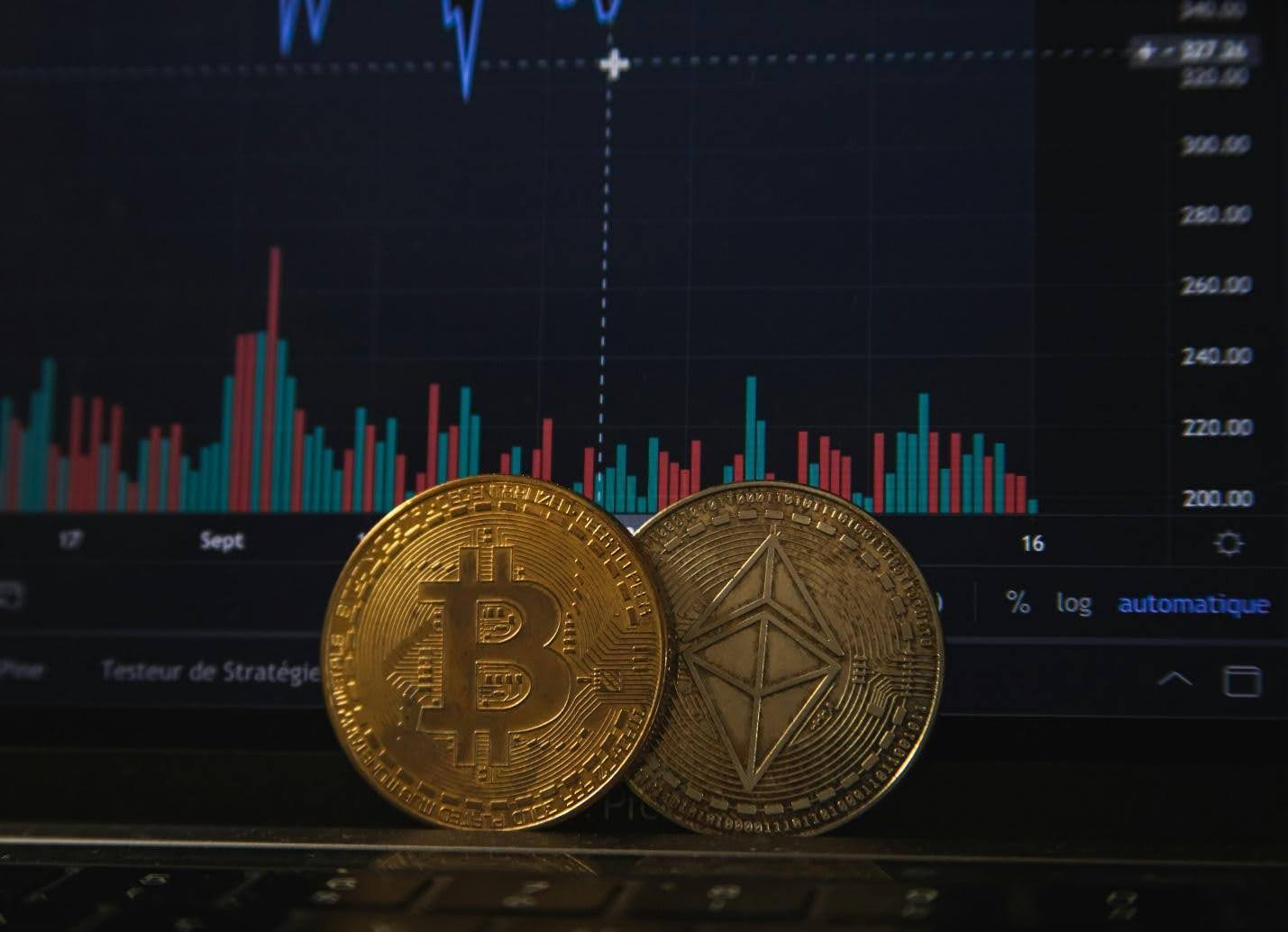Cryptocurrency is digital money. It has no coins or bills. “Crypto” means it uses special codes to keep it safe. No bank or government controls it. It runs on a network that is shared by many people, making it hard to shut down. At platforms like Bit22, you can now use crypto to play casino games online and enjoy a smooth and fast transaction experience.
The Power of Blockchain
Every cryptocurrency uses blockchain. A blockchain is like a public record that is stored on many computers. Each new transaction becomes a “block.” After checking, it joins the chain. No one can change it, so it’s safe.
How Transactions Work
When someone sends cryptocurrency, no physical money moves. The transfer goes on the blockchain. The sender approves it with a private key. The network checks the money and key. If all is correct, the transaction is added. It usually takes a few seconds or minutes.
The Role of Miners
Miners keep cryptocurrency networks running. They use computers to solve hard puzzles that check transactions. The first person to solve a puzzle adds a block to the chain and gets crypto. This is called proof-of-work. It uses a lot of energy but is very important.
Beyond Mining: Other Verification Methods
Not all cryptocurrencies use mining. Some rely on proof-of-stake. In this system, people lock up coins as “stakes.” The network then picks validators to confirm transactions based on their stake. This method uses less energy than mining. It is expensive to cheat because validators can lose their coins.
Ethereum used to work by having lots of people solve difficult puzzles to add new blocks. This used a lot of energy. Now, it works by choosing someone to add a block based on how much Ethereum they own. This method is faster, uses less energy, and stays fair.
Popular Cryptocurrencies
Bitcoin began in 2009 and is the most popular cryptocurrency. People call it “digital gold” because only 21 million exist. Ethereum can run smart contracts, which work automatically. Other coins are Ripple for fast payments and Litecoin for quick transactions.
Cryptocurrency in Daily Life
When digital coins first appeared, hardly anyone used them, and few stores accepted them. Today, many shops, travel websites, and restaurants let you pay with Bitcoin or Ethereum. Services like PayPal accept them, too.
Some people use these coins to protect their money from losing value. Slowly, digital coins are becoming a normal way to pay every day.
The Global Impact
Cryptocurrency can change how money works. In countries with weak banks, it helps people access finances. It makes international payments faster and cheaper. Some people invest in it like stocks or gold. But governments worry about control.
Cryptocurrency is also very secure because it uses special codes called blockchain. This makes it hard for anyone to cheat or steal money. People can send it directly to each other without needing a bank.
Risks and Challenges
Crypto is not completely safe. Prices go up and down a lot. Hacks and scams can happen. Losing your private keys means losing your money. Rules about crypto are different in each place. Mining can use a lot of energy. These problems need to be solved for crypto to work well.
Even with these risks, many people use crypto carefully. They store it in secure wallets, double-check websites before buying, and follow local rules. Learning how to protect your crypto helps reduce problems and keeps your money safer.
Governments and Digital Currencies
Some governments fight crypto, but others copy its ideas. A Central Bank Digital Currency (CBDC) is money that exists only on a computer or phone. It is issued and managed by the country’s central bank, so it is official and safe, just like cash.
These are digital versions of national money, backed by central banks. China’s digital yuan is one of the first large-scale tests. Unlike Bitcoin, CBDCs are centralized. They could make payments faster, but also give governments more control. The rise of CBDCs shows how crypto influences traditional finance.



More Stories
Balanced living in the digital age Managing screens and well-being
Remote Access Tech: Breaking the Myths
OneClickDrive Makes Going Green Easy with Dubai’s Leading Used Electric Car Listings